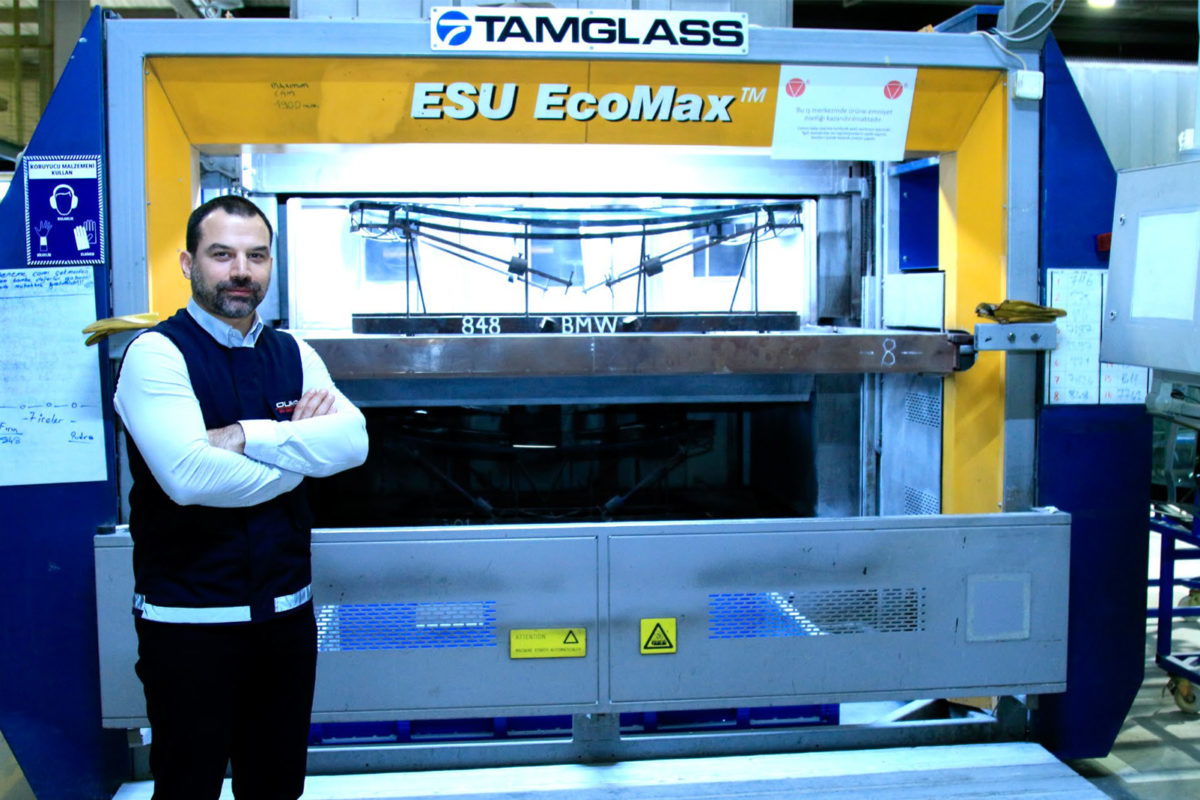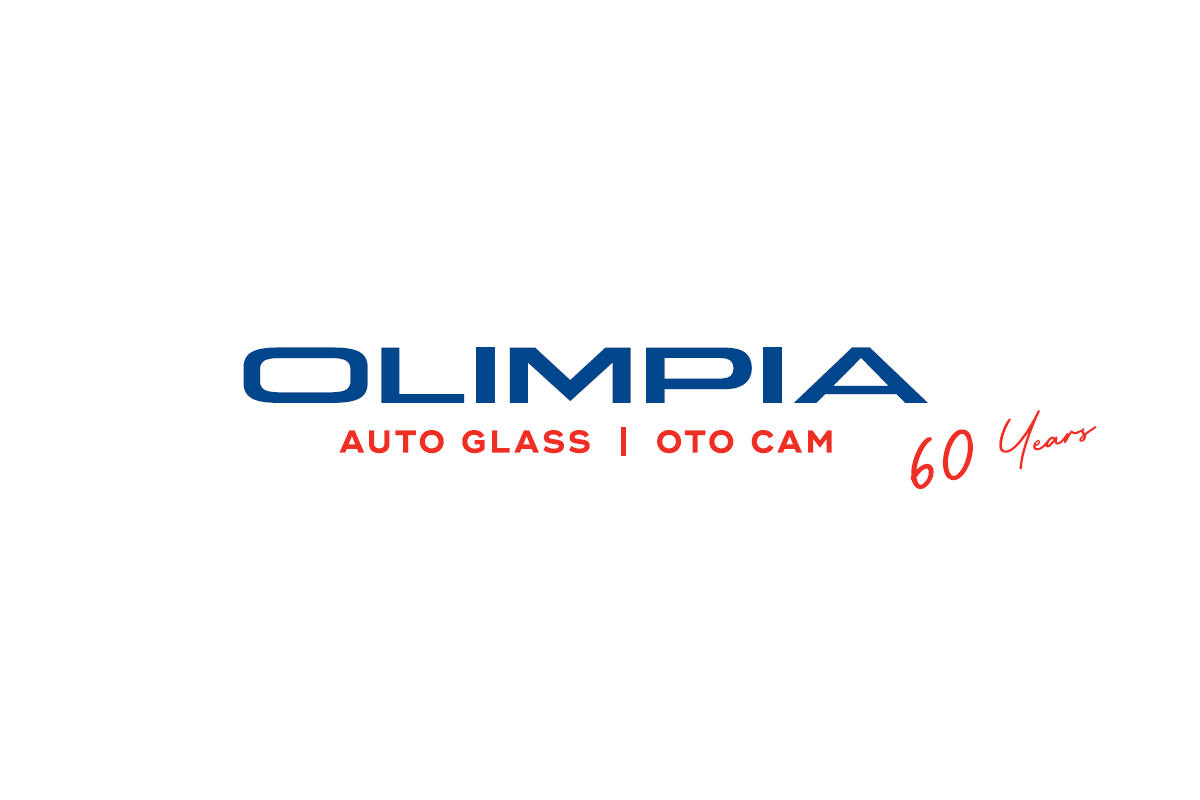
Could you give us some information about safety glass types? What is the difference between laminated glass and tempered glass?
Safety glasses are categorized in two groups, i.e. laminated glass and tempered glass. Laminated glass is mostly preferred for windshields in vehicles. Furthermore, the ECE regulation obliges the automotive industry to use laminated glass for windshields. Except for the windshield; side windows, rear windows and the separating glasses in public transport vehicles are almost always tempered glass. Laminated glass is used as safety glass because: The glass is partially hardened; because of the chemical properties of the plastic-based material between the two layers of glass; and because of the combination of extremely sensitive manufacturing parameters based on the adhesion strength between the glass plastic. The flexibility offered by the adhesion and adherence between the layers is the most important factor that ensures safety by preventing the glass from shattering in case of an accident. It is designed to damp impacts to the heads of all standard drivers and passengers, to prevent being thrown out of the vehicle, and to prevent an external foreign object from entering the vehicle.
Tempered glass is used as safety glass because of the thermal process that the single layer of glass is put through, called tempering. Tempering is done by heating the glass to the predefined temperature and then suddenly cooling it down. Tempered glass is mostly used on the side and rear windows of vehicles. Resilient against breaking, flexing and temperature changes, this type of glass is shattered into very small shards in case of breakage. Breaking this type of glass is five to ten times harder compared to a type of glass not exposed to a thermal process.
What are the stages to manufacture laminated glass?
Main raw materials for laminated windshields are float, flat glass, Polyvinyl Butyral and paint. To sum up the process to manufacture laminated glass, a piece of raw glass (float glass) with the desired thickness and color is cut on fully automated CNC cutting and edge banding machines and its edges are removed. The sharp edges remaining from the cutting process are rounded with diamond discs on CNC machines. For a clean process, it is obligatory to wash the glass with demineralized water after processing. Then the screen printing process begins, where the glass is painted black throughout the edge. The aim here is to protect the chemicals that stick the glass to the body are
protected from sunlight. The print pattern and silk screen are completely manufactured by the company. Internal and external glasses, which have proceeded separately until this step, are now put on top of each other and get a curve in bending furnaces. The glass is heated to 600°C, which is the softening temperature, so that it gains a curve in the ring-shaped mold with the help of gravitational force.
The curved glass pair is then cleaned using the state-of-the-art cleaning systems before they are ready for the final combining step. A PVB (polyvinyl butyral) plastic plate with a thickness of 0.76 mm is placed between the internal and external glass. This step is performed in conditioned, clean rooms with special insulation. The next step is the vacuuming step, where the air between the PVB and the glasses is vacuumed. The final combining step for the internal and external glasses is performed at 150°C with 14 bar autoclave. Final checks are completed before the product is packaged.
Could you please also tell us about the stages in tempered glass manufacturing?
The main raw materials for tempered glass are flat glass and paint only. A piece of raw glass (float glass) with the desired thickness and color is cut on fully automated CNC cutting and edge banding machines and its edges are removed. The sharp edges remaining from the cutting process are rounded with diamond discs on CNC machines. High quality and quick speed drilling is achieved
with fully automated CNC drills with the desired coordinates and diameters. The flexible tool changer magazines allow to easily manufacture multi-hole parts. Then the milling step begins. It is possible to perform unloading by milling in the glass with the desired coordinates and dimensions. For a clean process, it is obligatory to wash the glass with demineralized water after processing. Glass is painted black throughout the edge. The aim here is to protect the chemicals that stick the glass to the body from sunlight. The print pattern and silk screen are completely manufactured by the company.
Lastly, the tempering process begins, which is the last step in manufacturing where tempering furnaces are used. The glass is heated to 650°C minimum before it is suddenly cooled under compressed air. If the glass is to be curved, the curve is given in an extremely quick way and then the glass is cooled down to be tempered. The final checks are completed before the product is packaged.










